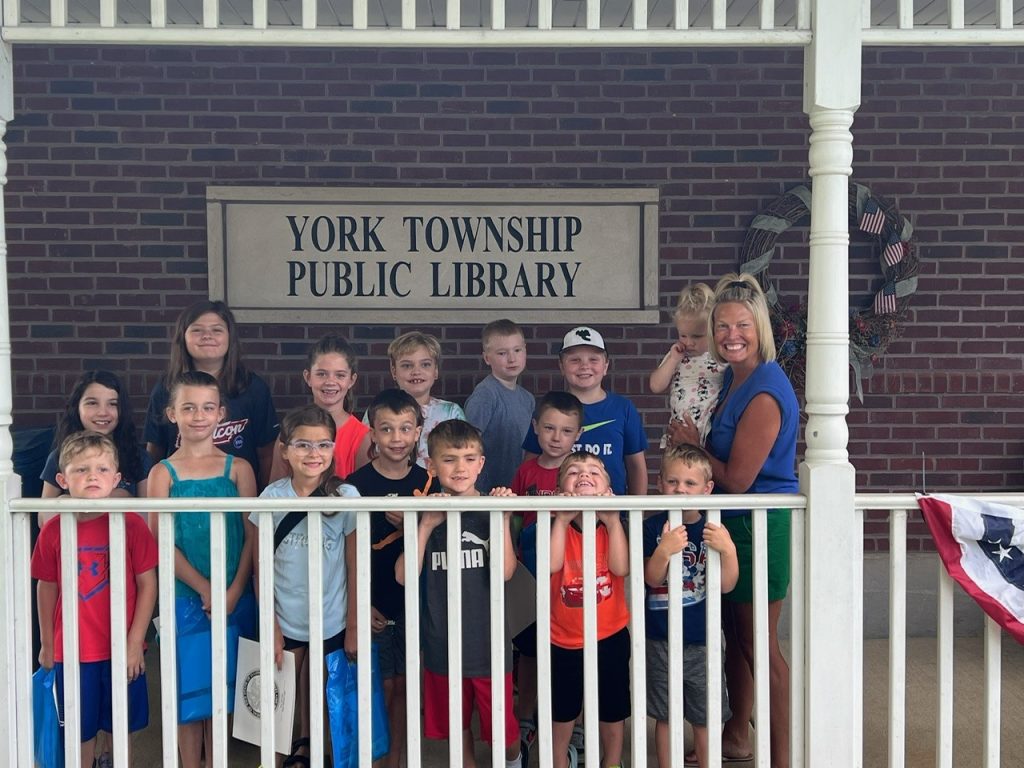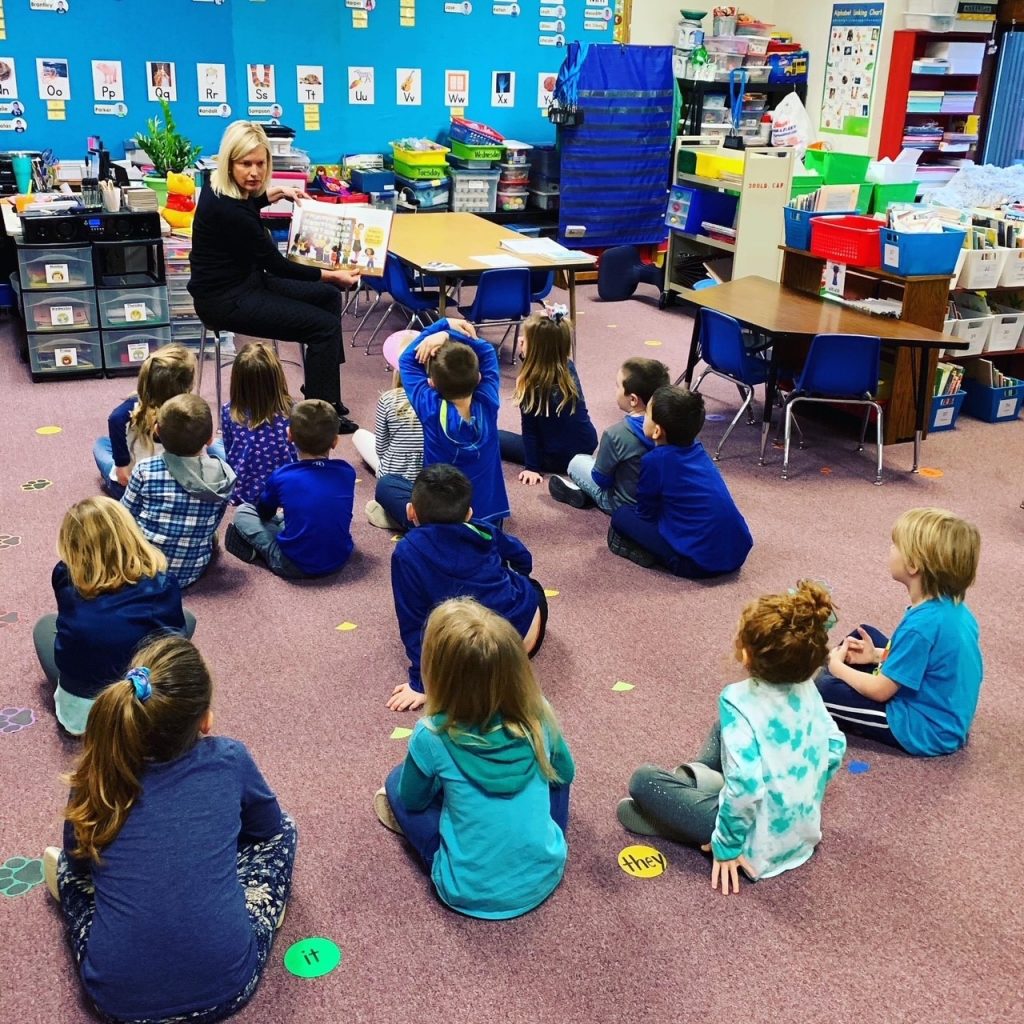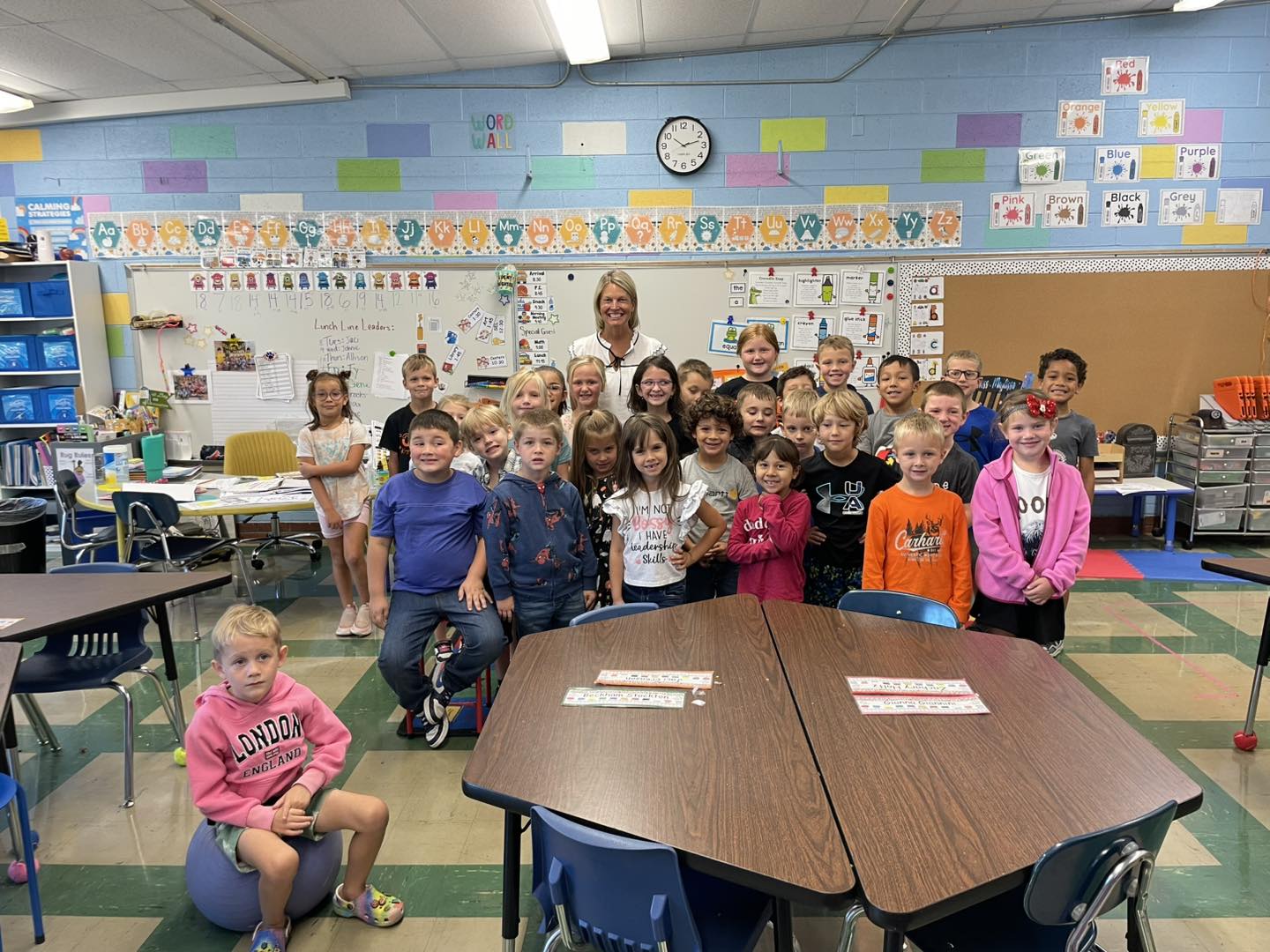Reimagining Education Policy for Illinois and Beyond
As we close out American Education Week, we celebrate the power of learning and the incredible educators, students, and families that make it possible. This week serves as a reminder to appreciate the hard work and dedication of teachers, support staff, and administrators who are shaping our next generation of leaders.
With a new administration taking office and a fresh General Assembly ahead, it’s the perfect time to reflect on federal and state education policies. Two key topics come to mind: the proposal to dismantle the U.S. Department of Education and the ongoing discussions around school choice in Illinois.
The Case for Local Control
The idea of abolishing the Department of Education sparks an important question: Have educational outcomes truly improved since its creation in 1979? For many educators and parents, a localized approach to education feels more effective than a national one.
I believe less federal interference would empower local districts to innovate and solve problems with solutions tailored to their communities. The current national approach often stifles creativity, replacing it with a one-size-fits-all model. Moreover, federal funding should be directed to students rather than bureaucracy—provided states use those funds responsibly.
Addressing School Choice
The conversation around school choice reveals a range of perspectives. In rural areas, families are often satisfied with their local schools and the education their children receive. However, in at-risk and low-performing districts, concerns about educational outcomes are both valid and urgent.
If Illinois ever seriously considers school choice legislation, its success will depend on collaboration outside the General Assembly. Implementation, oversight, and funding must ensure equitable access for all students. Lawmakers must recognize that education reform is not a one-size-fits-all solution. Any publicly funded school choice program must balance potential benefits for students with the broader impact on public education to avoid unintended consequences.


Lessons from Our Neighboring States
For example, Illinois’ Invest in Kids program, which provided tax credit scholarships to low-income students, ended on December 31, 2023. In contrast, Iowa enacted one of the nation’s broadest school choice policies in 2023, allowing funding to follow students regardless of their school choice. Nearby states like Wisconsin, Indiana, and Kentucky also offer lessons on how school choice policies can function.
Wisconsin, for instance, has been a pioneer in school choice, with its Milwaukee Parental Choice Program dating back to 1990. The program provides vouchers for low-income families to attend private schools, with recent expansions allowing middle-income families to participate as well.
Indiana’s Choice Scholarship Program is one of the largest in the country, offering vouchers to families at various income levels, with a focus on expanding access to private schools statewide. Its relatively high participation rates show how broad eligibility criteria can drive engagement.
Kentucky, while newer to school choice, enacted an Education Opportunity Account Program in 2021, allowing tax-credit-funded accounts to help families pay for private school tuition or other education expenses.
These states highlight a variety of approaches Illinois could learn from. While Iowa’s model offers insight into broad implementation, Illinois must craft a solution tailored to its unique challenges and needs. Whether it involves tax credit scholarships, vouchers, or other mechanisms, the goal should be empowering families and improving outcomes without undermining public education.
Moving Forward
Education is the foundation of our future. As we chart a path forward, we must prioritize policies that support students, empower educators, and respect the diversity of our communities. By embracing local innovation and thoughtful reforms, we can create an education system that serves every child and strengthens our state.

